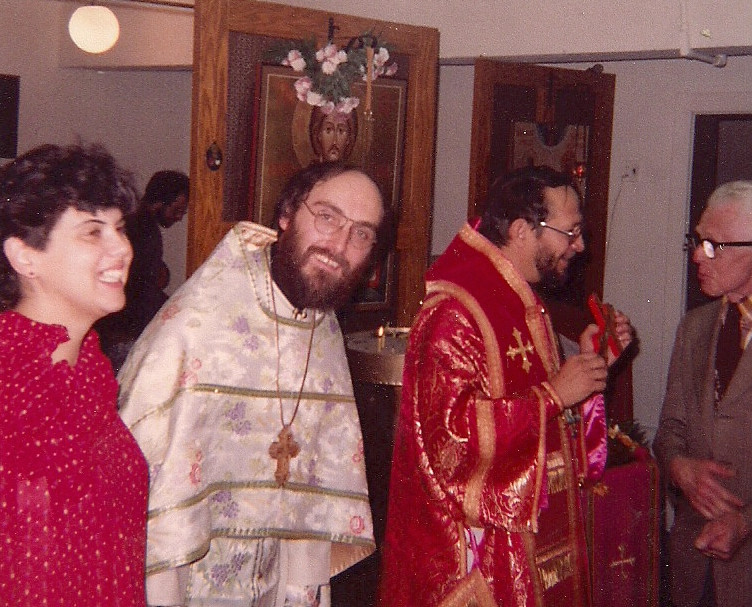
« Le Saint-Esprit est l’image du Fils » Que voulaient dire les Pères qui ont écrit cette phrase ?
Certains Pères de l'Église ont écrit que le Saint-Esprit est l'image du Fils. Puisque saint Paul a déjà dit que le Fils est l'image du Père invisible qui a engendré le Fils éternellement, cette phrase patristique veut-elle dire que le Fils a engendré le Saint-Esprit ? Quel est le sens du mot IMAGE dans les deux contextes. Le problème n'est pas moindre parce que les Pères qui affirment que le Saint-Esprit est l'image du Fils sont parmi les plus éminents : saints Athanase d'Alexandrie et Jean Damascène entre autres. Donc, comment interpréter cette affirmation de la plume des Pères les plus orthodoxes ?






